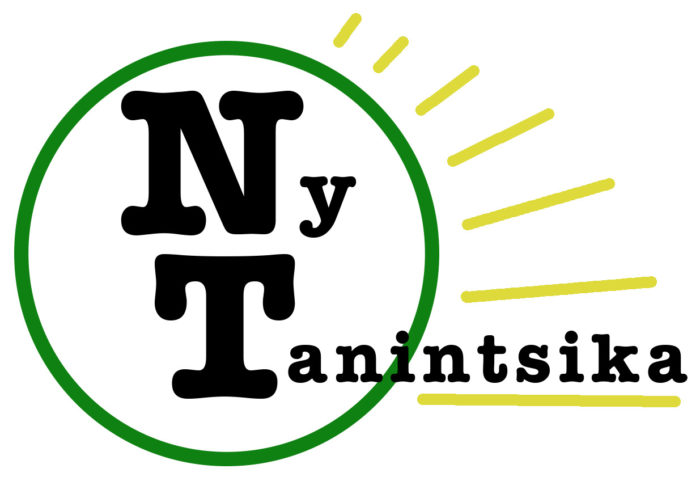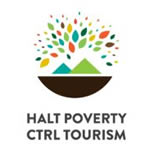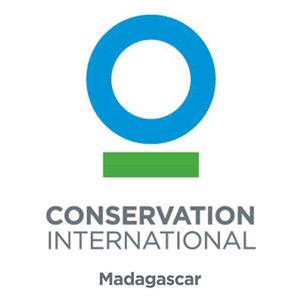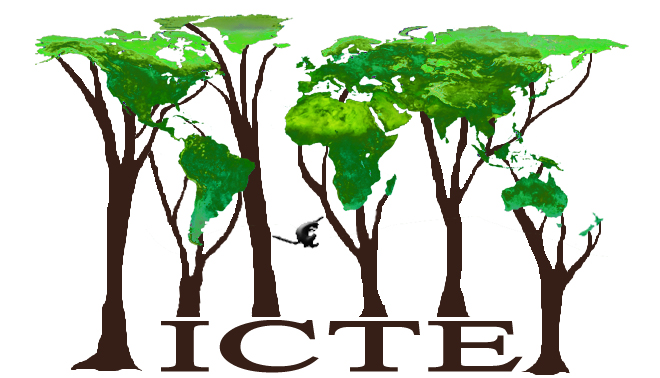All Bamboo lemurs, All Ruffed lemurs, All Sifakas, Alternative Food Sources, Alternative Livelihoods, Black-and-white ruffed lemur, Capacity Building, COFAV, Community Support, Conservation Work, East Madagascar, Education, Milne-Edwards' sifaka, Monitoring and Patrol, NGO registered in Madagascar, Online donation, Organization, Protected Area Management, Reforestation, Scientific Research, Southeast Madagascar, Sustainable Agriculture
Southeast Madagascar
Area of Madagascar, Capacity Building, Central Madagascar, Community Support, Conservation Work, East Madagascar, Ecotourism, Financial Support, Government Policy, Monitoring and Patrol, Nonprofit registered in the USA, Northeast Madagascar, Northwest Madagascar, Online donation, Organization, Protected Area Management, Reforestation, Scientific Research, Southeast Madagascar, Southwest Madagascar, Type of donations accepted, Type of Organization, West Madagascar
Conservation International
Conservation International Read Post »
All Aye-ayes, All Sifakas, Area of Madagascar, Capacity Building, Central Madagascar, Community Support, Conservation Work, East Madagascar, Ecotourism, Government Policy, Healthcare, Kirindy, Lemur Species, Marojejy, Monitoring and Patrol, NGO registered in Madagascar, Nonprofit registered in the USA, Northeast Madagascar, Northwest Madagascar, Online donation, Organization, Parks and Reserves, Protected Area Management, Scientific Research, Silky sifaka, Southeast Madagascar, Southwest Madagascar, Type of donations accepted, Type of Organization, West Madagascar
WWF Madagascar
All Bamboo lemurs, All Ruffed lemurs, Area of Madagascar, Black-and-white ruffed lemur, Capacity Building, Captive Care and Breeding, Conservation Work, Eastern lesser bamboo lemur, Education, Employment, Government Policy, Kirindy, Lac Alaotra New Protected Area, Lake Alaotra Gentle (Bamboo) Lemur, Lemur Species, NGO/Nonprofit Status Verified, Nonprofit registered in the USA, Northeast Madagascar, Northwest Madagascar, Online donation, Organization, Parks and Reserves, Protected Area Management, Southeast Madagascar, Type of donations accepted, Type of Organization, West Madagascar
Durrell Wildlife Conservation Trust (American Friends of Durrell)
Durrell Wildlife Conservation Trust (American Friends of Durrell) Read Post »
All Bamboo lemurs, All Mouse lemurs, All Ruffed lemurs, All Sifakas, Area of Madagascar, Black-and-white ruffed lemur, Brown mouse lemur, Capacity Building, Community Support, Conservation Work, East Madagascar, Ecotourism, Education, Employment, Government Policy, Greater bamboo lemur, Healthcare, Lemur Species, Milne-Edwards' sifaka, NGO registered in Madagascar, NGO/Nonprofit Status Verified, Nonprofit registered in the USA, Online donation, Organization, Parks and Reserves, Protected Area Management, Ranomafana, Reforestation, Scientific Research, Southeast Madagascar, Sustainable Agriculture, Type of donations accepted, Type of Organization
Centre ValBio & the Institute for the Conservation of Tropical Environments
Centre ValBio & the Institute for the Conservation of Tropical Environments Read Post »
Academic Research Group, All Bamboo lemurs, All Brown lemurs, All Dwarf lemurs, All Mouse lemurs, All Ring-tailed lemurs, All Woolly lemurs, Andasibe-Mantadia, Berenty, Collared brown lemur, East Madagascar, Hairy-eared dwarf Lemur, Kirindy, Northwest Madagascar, Red-fronted lemur, Research Group, Sahamalaza Iles Radama, Sahamalaza sportive lemur, Sainte Luce, Scientific Research, Southeast Madagascar, Tsitongambarika, West Madagascar
Oxford Brookes University
Oxford Brookes University Read Post »
All Brown lemurs, All Dwarf lemurs, All Mouse lemurs, All Woolly lemurs, Alternative Livelihoods, Area of Madagascar, Collared brown lemur, Community Support, Conservation Work, Education, Fat-tailed dwarf lemur, Greater dwarf lemur, Healthcare, Lemur Species, NGO registered in Madagascar, NGO/Charity registered in UK, NGO/Nonprofit Status Verified, Nonprofit registered in the USA, Online donation, Organization, Parks and Reserves, Protected Area Management, Sainte Luce, Scientific Research, Southeast Madagascar, Type of donations accepted, Type of Organization








